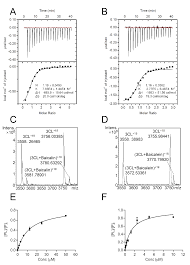Human infection with severe acute respiratory syndrome type 2 coronavirus (SARS-CoV-2) can cause coronavirus disease (COVID-19), and there is currently no cure. 3c-like protease (3CLpro) is a highly conserved protease essential in the process of coronavirus replication and is a promising target for the development of broad-spectrum antiviral drugs.
In order to accelerate the discovery and development of drugs, researchers from Shanghai Institute of Materia Medica, Chinese Academy of Sciences, University of Chinese Academy of Sciences, China Pharmaceutical University, and Shanghai University of Science and Technology studied the inhibitory effect of natural products from traditional Chinese medicines on SARS-CoV-2 3CLpro, and the relevant research results were published online on April 15 on the preprinted platform bioRxiv, entitled “Discovery of baicalin and baicalein as inhibitors, natural product of SARS-CoV-2 3CL novel protease in vitro”.

For the first time, researchers have discovered the non-covalent, non-polypeptide SARS-CoV-2 3CLpro inhibitors—baicalin and baicalein. The researchers found in cellular experiments that these two components showed strong antiviral activity in cellular systems.
Notably, the binding mode of baicalein to SARS-CoV-2 3CLpro determined by x-ray protein crystallography was markedly different from that of known inhibitors. Baicalein acts as a “shield” in front of the catalytic dyad by interacting with two catalytic residues (the key S1/S2 subsites and the oxyanion ring), perfectly fixed in the center of the substrate-binding site, preventing the peptide substrate from approaching the active site.
Overall, the simple chemical structure, unique mode of action, and strong in vitro antiviral activity of baicalein, coupled with good clinical trial safety data, provide a great opportunity to develop baicalein as an urgently needed anti-coronavirus drug.
Reference
Haixia Su et al. Discovery of baicalin and baicalein as novel, natural product inhibitors of SARS-CoV-2 3CL protease in vitro. bioRxiv. 2020. doi: https://doi.org/10.1101/2020.04.13.038687